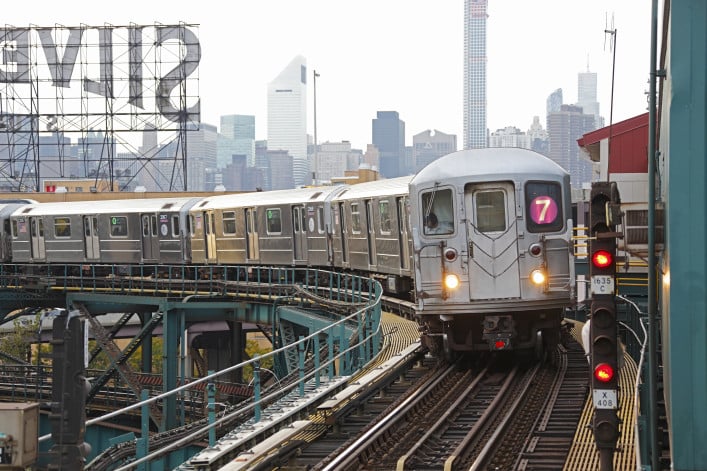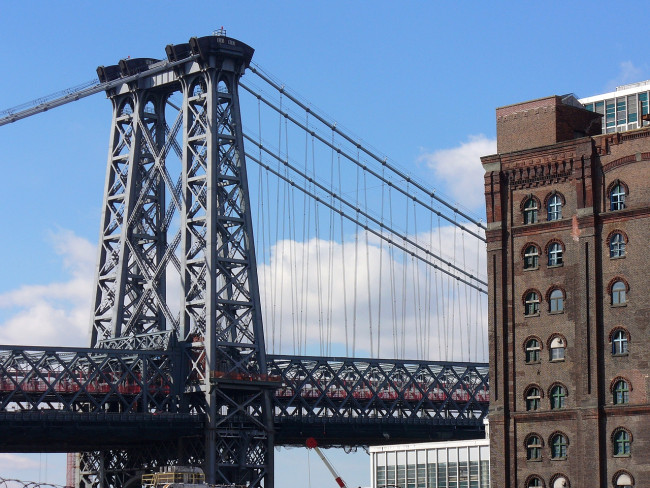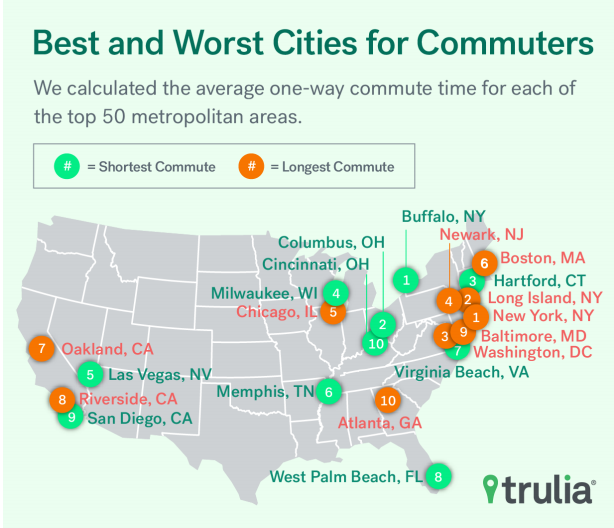How weekend subway shutdowns impact NYC neighborhoods
If the sight of MTA fliers announcing weekend service changes at your local station fills you with dread, you’re not alone—complaining about the unreliability of the city’s transit network is a favored pastime of New Yorkers. And not without reason: As a Jalopnik article reassured weary passengers, “You Are Not Insane, the New York City Subway Is Getting Worse.” In addition to increases in delays and overcrowding, trains are frequently re-routed on Saturdays and Sundays—so much so that there are blogs devoted to tracking the disruptions that leave residents stranded. (Okay, we'll admit that the long-awaited completion of the Second Avenue Subway was a proud moment for the MTA recently.)
Some neighborhoods are more severely impacted than others: Queens residents can attest that the 7 train, though rated the best of NYC’s lines by the Straphangers Campaign, becomes unpredictable on weekends. In 2015, for instance, there were a dozen weekend shutdowns along the line between January and May alone, an issue that has commanded the attention of New York Council Majority Leader Jimmy Van Bramer, who has led several rallies for 7 train improvements.
[Note: This story was first published in March 2016 and updated in March 2017.]
Brooklynites who depend on the Q train also say service along their line routinely vanishes once the weekend rolls around; the blog Ditmas Park Corner has a catalogue of disruption woes. And in Forest Hills, locals say the neighborhood feels much more far-flung on Saturdays and Sundays, when the E and F trains run local, doubling the amount of time it takes them to get to Manhattan.
It may be hard to believe, but such interruptions are not specifically designed to torture New Yorkers. As noted in a feature in New York magazine that chronicled one day of horrific delays, the MTA is “in a constant race against not just aging infrastructure but climbing ridership,” and our 100-year-old system requires tremendous maintenance to keep taking us where we need to go.
But many of the locals who see their train service interrupted week after week say they don’t trust the city agency to ever provide them with dependable transportation. Nicole Haroutunian, a writer and museum educator who has lived along the 7 line in Woodside for ten years, wonders “why and how so many years of constant shutdowns have not seemed to have any effect on improving a subway line that is the sole train servicing a large swath of Queens.”
And Ari Silverstein, an agent with BOND New York whose territory includes Forest Hills, Rego Park, and Kew Gardens, questions the MTA’s announcements about the train traffic and track work that slows down his local subway: “You'll hear the message about traffic ahead, but the train you’re on didn't come for 20 minutes,” he says. “Or you’re waiting between stations but don’t see workers—what’s going on?”
Whatever’s happening behind the scenes, it’s clear that when neighborhoods are cut off from reliable service for multiple weekends, residents, business owners, and the local real estate market suffer for it. Haroutunian, for instance, works on the weekends, and says she’s forced to contend with frequent disruptions.
“I remember one year when service between Queens and Manhattan was suspended for 22 weekends,” she recalls, noting that such suspensions add 45 minutes to her commute. “I have to leave extra early to ensure I get to work on time. As a freelancer, that's a lot of dead time I don't get paid for.”
Adding to Haroutunian’s frustration is that one of the MTA’s given reasons for the interruptions is that it's upgrading signaling systems, but problems with 7 train signals persist. On a recent Saturday when there were no scheduled shutdowns, “I wound up having to take an incredibly costly cab to work when a signal problem caused 7 train service to be suspended,” she says.
Haroutunian says she’s hardly the only local who’s heading to a job on the weekend. “Many of the folks I see on the train with me on Saturdays are not heading to the city for brunch or to see a show, but to work as well.” She says that despite the inconvenience, she has a deep love for her neighborhood and can’t imagine moving, but doesn’t have high expectations for transportation improvements.
In Brooklyn, Midwood resident Koby Sabghir says that his family has been affected by total shutdowns of the Q train. Sabghir’s wife, a podiatry resident at Mount Sinai, works on Sundays while he watches their three children. “The lack of service means I am pretty much limited to staying home or maybe going to a playground if it's not too cold or wet out,” he says. “If I do have to take the subway, I would have to go to the F train, but I can't do that with the kids as the steps are just too much with the strollers.” (Which brings up another question for the MTA: when will more stations add elevators?)
Sabghir says that fortunately for his wife, she has the option of driving to work; without it, “public transportation is too cumbersome.”
Angel Guzman, a real estate agent with Citi Habitats in Williamsburg, says that he has noticed the L train experiencing more disruptions as the population in the neighborhood skyrockets. “Ridership got so crazy that the L needed new tracks put in to run the trains faster,” Guzman says. “It started four years ago and seemed like the MTA had a plan in place, but the L train has been shut down a number of times since then.”
He says he isn’t too concerned about the real estate market, though, especially since the area is well-served by other methods of transit, including shuttle buses, the JMZ line, and the East River ferry. “We haven’t had any effects,” he says. “Real estate is a long-term business, and two or three years go by very quickly”—and with them, one would hope, frequent train shutdowns.
Plus, he observes, many locals work within the borough: “It’s very entrepreneurial and techy here,” Guzman says, which means a substantial amount of residents have jobs close to home.
And for those who don’t, Guzman recalls how people have shown ingenuity during past challenges, like the 2003 blackout, when they carpooled in taxis to get to and from work. “New Yorkers find a way,” he says. “You have to—otherwise you’re out of a job.”
On the other hand, Ari Silverstein says shutdowns are doing damage to the central Queens neighborhoods where he works. “The issues we're having is that they’ve been running service local,” he says. “There's no express service, which is dramatically slowing down the amount of time it takes for people to get here.”
Ordinarily, an express E or F train from Forest Hills delivers passengers to Midtown in less than 20 minutes, but on weekends the length of that journey is doubled, Silverstein says. And the evening commute is much worse: he recalls one night when it took him an hour and forty minutes to travel home from work. Now he drives much more, Silverstein says: “I can’t handle the subway anymore. I got trapped the other day and I just got out and took a cab.”
Prospective buyers and renters in the Forest Hills area are becoming reluctant to move there, he adds, because they’re confused and put off by all the service changes. And although many real estate experts predict that Jamaica, which is even further from Manhattan, will become the next hot Queens neighborhood, Silverstein disagrees. “The train is going to take an hour and a half to Manhattan,” he says. “Until they fix it, forget about it.”
You Might Also Like































